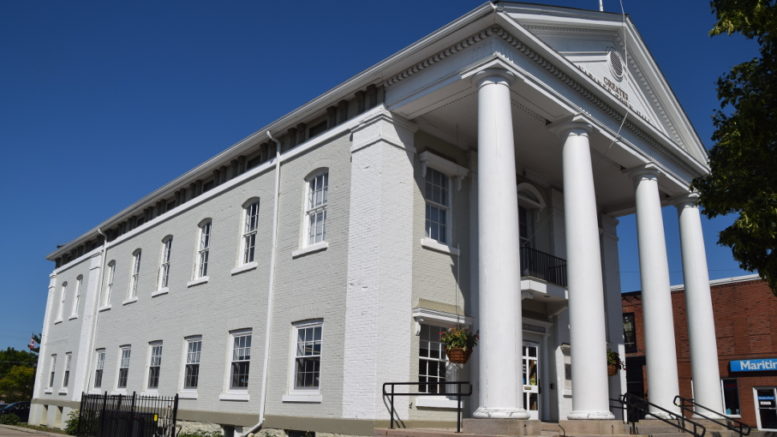Adam Prudhomme
Beaver Staff
Greater Napanee’s urban residential taxpayers can expect an average decrease of $43.06 in their 2018 property taxes while rural ratepayers will see an average increase of $52.21 if council adopts its proposed budget May 8.
The tax shift is part of a phase-in process to equalize what ratepayers pay in all parts of the town. This year’s numbers, based on an assessed property worth $238,954, were presented by the town’s deputy chief administrative officer and treasurer Mark Day Tuesday.
Council voted to accept his proposal, which carries an operating and capital tax levy of $11,868,557, an operating budget of $18,959,302 and a capital budget of $5,615,939.
All told, the town is projected to operate with a total budget of $24,574,241 for 2018. The overall impact of that budget is a 2.26-per-cent levy increase.
That total came as the result of four meetings, held Dec. 15, Feb. 22, March 8 and March 22, during which council provided direction to staff for their objectives for the current year.
Among those directions was to establish two new reserves — a conservation authority Reserve of $35,000 and strategic plan reserve of $50,000. Staff was also directed to trim $10,000 from their original draft, which would be given as a grant to the Concerned Citizens Committee of Tyendinaga Environs to help cover their legal fees resulting from their efforts to prevent landfill expansion. Day says they were able to do that by reducing the amount they would spent on consulting fees.
“I think it was three years ago that we challenged staff to try to get a budget with zero- per-cent increase,” said councillor Max Kaiser. “Three years in a row we’ve added services, absorbed cost of living increases, taken more downloading from the provinces and maintained only around a two-per- cent (increase) each year. I think staff has done an excellent job.”
“To keep this at yet another budget of about a 2.6 increase, given all those things, we’ve done well,” added Kaiser. “I thought when we started with that we’d take a low increase one year and then we’d see a four- or five- per cent increase to catch up and we haven’t had to catch up.”
Tuesday’s presentation was the final step before staff will submit the budget and tax rate for official approval.

